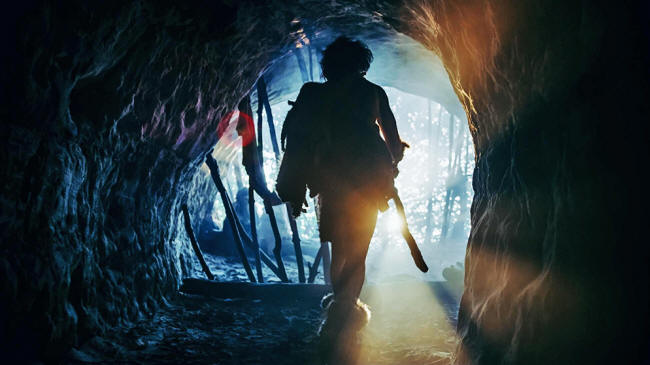|
by Derek Beres
Adobe
Stock
New anthropological research suggests our ancestors
enjoyed long
slumbers...
We think in moments, not eons, which accounts for a number of people that still don't believe in evolutionary theory:
Anthropologists are especially
adept at this skill, as their job entails imagining a prehistoric
world in which humans and our forebears were very different
creatures.
Adaptability is the key to survival.
Certain endotherms evolved the ability to depress their metabolism for months at a time; their body temperature and metabolic rate lowered while their breathing and heart rate dropped to nearly imperceptible levels.
This handy technique
solved a serious resource management problem, as food supplies were
notoriously scarce during the frozen months.
As autumn months pass, large mammals become hyperphagic (experiencing intense hunger followed by overeating) and store nutrients in fat deposits:
For this paper, Antonis Bartsiokas and Juan-Luis Arsuaga, both in the Department of History and Ethnology at Democritus University of Thrace, scoured through remains of a "pit of bones" in northern Spain.
In 1976, archaeologists found a 50-foot shaft leading down into a cave in Atapuerca, where thousands of bone fragments have since been discovered.
Dating back 400,000 years - some of the fragments may be as old as 600,000 years - researchers believe the bodies were intentionally buried in this cave.
Dr Antonis Bartsiokas
While the fragments have been well studied in the intervening decades, Arsuaga (who led an early excavation in Atapuerca) and Bartsiokas noticed something odd about the bones:
These proto-humans appear
to have experienced annual bone growth disruption, which is
indicative of hibernating species.
This could be the result of a dearth of food for bears and Neanderthals alike.
The researchers write that modern northerners don't need to sleep for months at a time; an abundance of fish and reindeer didn't exist in Spain, as they do in the Arctic.
They write,
The notion of hibernating humans is appealing, especially to those in cold climates, but some experts don't want to put the cart before the horse.
Large mammals don't engage in textbook hibernation:
Even then, the demands of human-sized brains could have
been too large for extended periods of slumber.
Bartsiokas speculates (above video) that this ancient mechanism could be coopted for space travel in the future.
If the notion of hibernating humans sounds far-fetched, the idea has been contemplated for years, as NASA began funding research on this topic in 2014.
As the saying goes,
|


